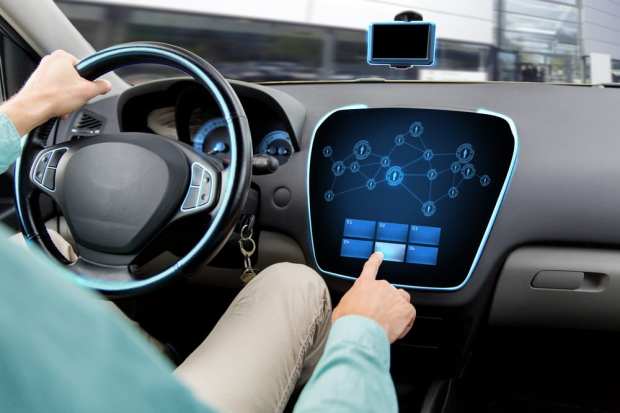Safety Shows Up On The Connected Cars Agenda

Safety is becoming a profitable point of engagement for connected cars. With the National Automobile Dealers Association show coming up this weekend, companies are working on some of the nuances involved in driving and servicing autonomous or manually driven vehicles as they integrate more digital technology.
First up is AutoNation, the nation’s largest retailer with 325 locations. It has announced a Connected Car Program that is powered by technology provider Automatic’s in-vehicle adapter and app, which was tested at five AutoNation stores in April 2019. The program gives drivers access to safety services such as Crash Alert and vehicle health notifications. Since its launch, 97% of customers who used the technology at the point of sale (POS) continued to use Automatic each month. AutoNation has also noted a higher retention of customers’ return visits for vehicle servicing.
The Automatic platform uses connected technology to deliver reports back to AutoNation, including data such as customers with active recalls, engine light check alerts, service recommendations and a myriad of other information about the performance and status of customers’ vehicles. Those are then used to generate targeted communications tailored to meet customers’ service and maintenance requirements.
Automatic is owned by Sirius XM, giving them another foothold in the connected car technology space. “This expansion of the AutoNation Connected Car program powered by Automatic reflects its success at the AutoNation USA dealerships and the positive response from customers who appreciate the value of Automatic’s connectivity features,” said Joe Verbrugge, executive vice president and division president of connected vehicles for SiriusXM, in a statement. “This service establishes a strong and lasting connection between dealers and their customers long after the sale. We are very excited to continue building on the program’s success with AutoNation.”
The PYMNTS Digital Drive Report recently found fertile ground for the connected car market. It showed that internet usage during commutes is steadily increasing. Nearly three-quarters (73 percent) of commuters said they connected to the internet while driving, up from roughly two-thirds (66.4 percent) of commuters who did so during the same period last year. This puts the number of connected commuters at roughly 99 million, marking a significant opportunity to capture purchases during their journeys.
Governments are also stepping up to connect technology with auto safety. The Georgia Department of Transportation (GDOT) has been collaborating with Ford Motor Company, which has committed to making all cars connected by 2022. According to the department, “while consumers may be accustomed to increased technology in their cars, such as backup cameras, the new CV (connected vehicle) deployments will specifically allow the infrastructure itself to directly ‘talk back’ to their vehicles. The agency has safety as a primary goal of the deployment, with CV technology anticipated to aid motorists in actively avoiding crashes and other incidents.”
The technology developers are also focused on safety. Vish Nandlall, VP at Dell Technologies and board member of the Automotive Edge Computing Consortium, noted at a conference in December that the data requirements for connected cars have not yet been addressed – which means all of the safety features may not be available. Nandlall pointed out the misconception that fast network connections (like 5G wireless) are essential to self-driving cars operating safely, and said that’s not the case.
“The car will have sufficient safety,” said Nandlall. “All of the on-board telemetry should be able to make decisions without the surrounding network. Inferencing (AI-guided decision) for all central functions will occur on the car. We want to increase the safety threshold, and that’s where augmented safety comes into play. The surrounding network will provide augmented safety information.”
One example is high-definition mapping tools, which give self-driving vehicles a vision of the road ahead. HD maps are being developed by location specialists like TomTom and HERE Technologies, which collect data from car cameras to assemble maps of major roadways, identifying lane boundaries, curbs, guardrails and medians with centimeter-level accuracy. This allows autonomous vehicles to extend their horizon, “see around corners” and travel safely through snow and fog, when cameras may experience difficulty visualizing road conditions.
